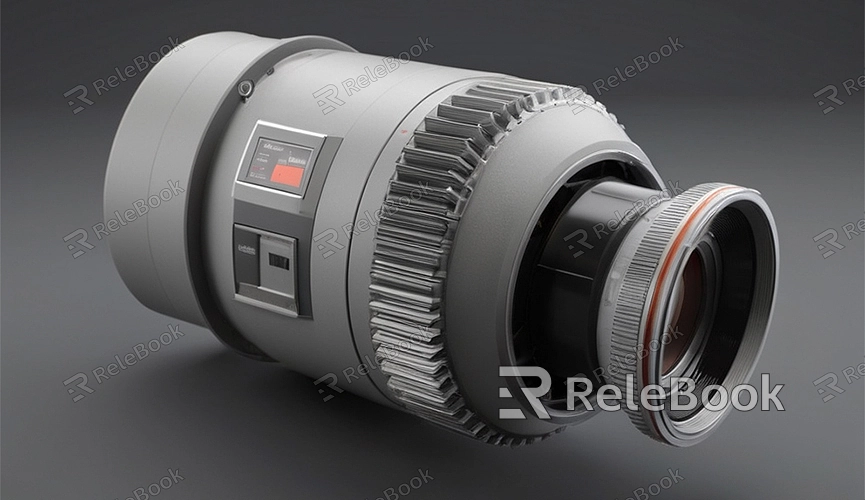How to make blender render less grainy
Graininess is a common issue when rendering in Blender, especially under low-light conditions or when rendering complex materials. Graininess can affect the quality of the final rendered image, diminishing the visual impact. Fortunately, there are methods you can use to reduce or eliminate this graininess. This article will guide you on how to reduce graininess in Blender renders, resulting in clearer and smoother rendered images.
1. Increase Light Sources and Illumination
Insufficient lighting is a common cause of graininess. In Blender, increasing light sources and illumination can effectively reduce graininess. Use multiple light sources and adjust their brightness and angles to ensure adequate lighting for every part of the scene. Additionally, using ambient light and global illumination techniques such as ambient occlusion (AO) and global illumination (GI) can also improve rendering quality.

2. Adjust Materials and Textures
Material and texture settings also affect the graininess of the rendered result. In Blender, you can adjust parameters such as reflection, refraction, roughness of materials, and size, density, and smoothness of textures to control the appearance of graininess. Use high-quality texture images whenever possible and avoid overly complex or excessively detailed textures to reduce graininess in rendering. You can find these high-quality textures available for download on Relebook.
3. Increase Sampling
Increasing sampling is one of the common methods to reduce graininess in Blender. By increasing the number of samples during rendering, you can improve the image sampling rate, thereby reducing the appearance of graininess. In the rendering settings, you can adjust sampling parameters separately for viewport preview and final rendering according to your needs. Aim for higher sampling values, but keep in mind that increasing sampling will also increase rendering time.
4. Utilize Denoising Features
Blender provides built-in denoising features that can help reduce graininess during rendering. In the rendering settings, you can enable denoising options and adjust denoising parameters for optimal results. Through denoising, Blender can automatically process the image after rendering, removing noise and graininess, resulting in clearer and smoother rendering outcomes.
5. Use Rendering Plugins
In addition to Blender's built-in rendering features, you can also use rendering plugins to help reduce graininess. For example, the Denoiser plugin in the Cycles renderer can perform denoising processing on images after rendering, reducing the appearance of graininess. Furthermore, some third-party rendering plugins offer specialized graininess reduction features, further optimizing rendering quality.
6. Adjust Rendering Settings
Lastly, you can reduce graininess in Blender renders by adjusting rendering settings. In the rendering settings, you can adjust parameters such as ray tracing settings, maximum reflection and refraction bounces to optimize the rendering process. Additionally, you can adjust the image format and compression ratio for rendering output to avoid loss of image quality.
By following these methods, you can easily reduce graininess in Blender renders, resulting in clearer and smoother rendering outcomes. Whether adjusting lighting, materials, and textures, increasing sampling, utilizing denoising features and rendering plugins, or adjusting rendering settings, you can effectively improve rendering quality. If you need high-quality 3D textures and HDRI or downloadable 3D models while creating models and virtual scenes, you can download them from Relebook and directly import textures and 3D models into your project.

